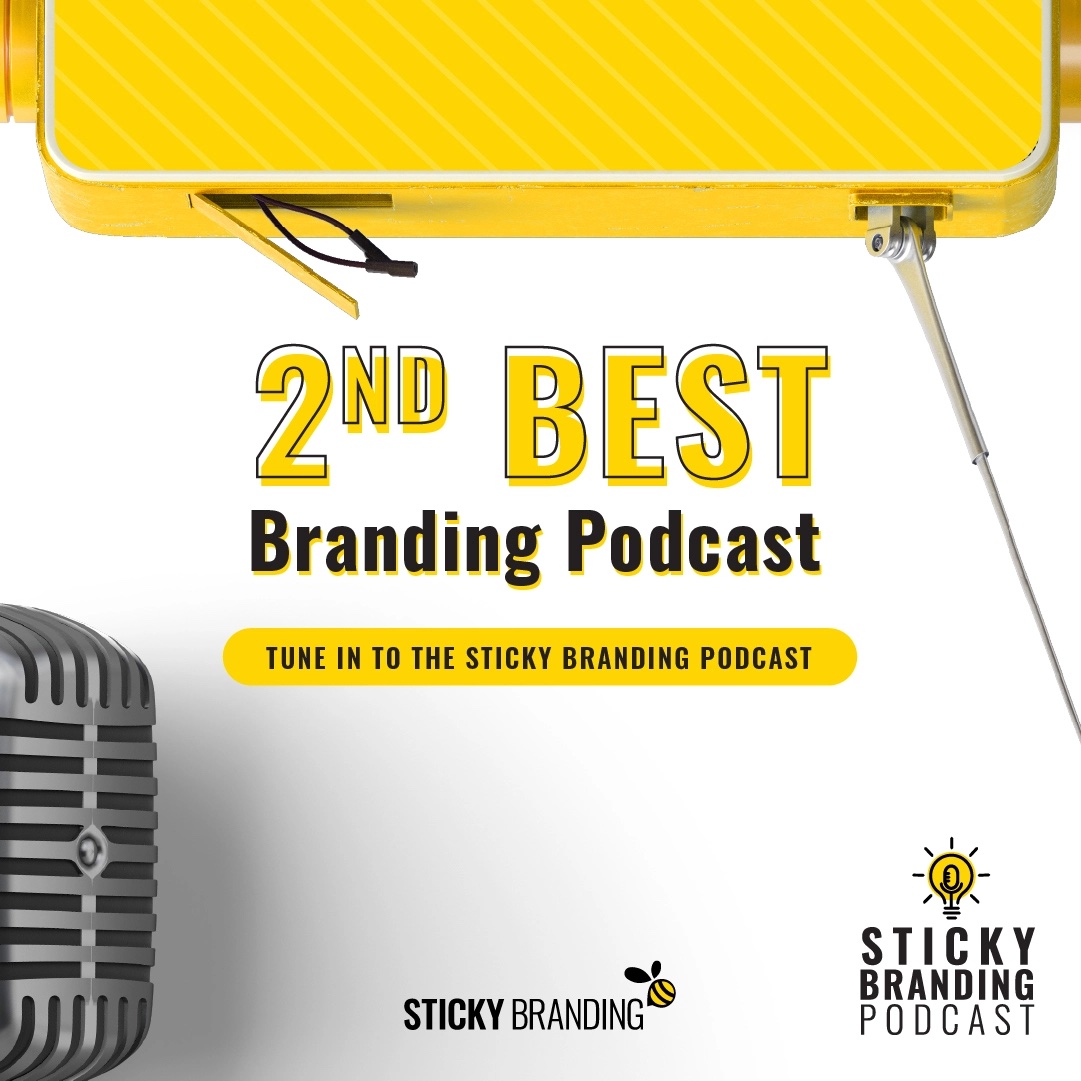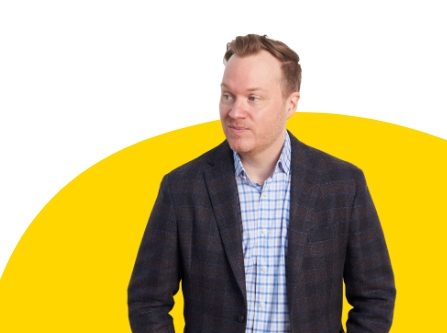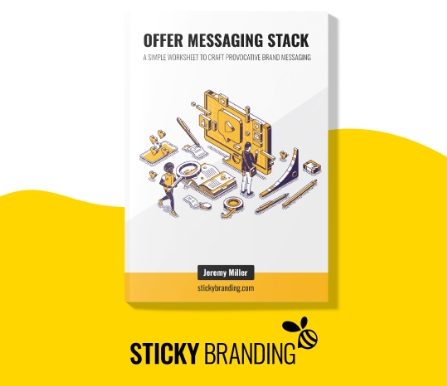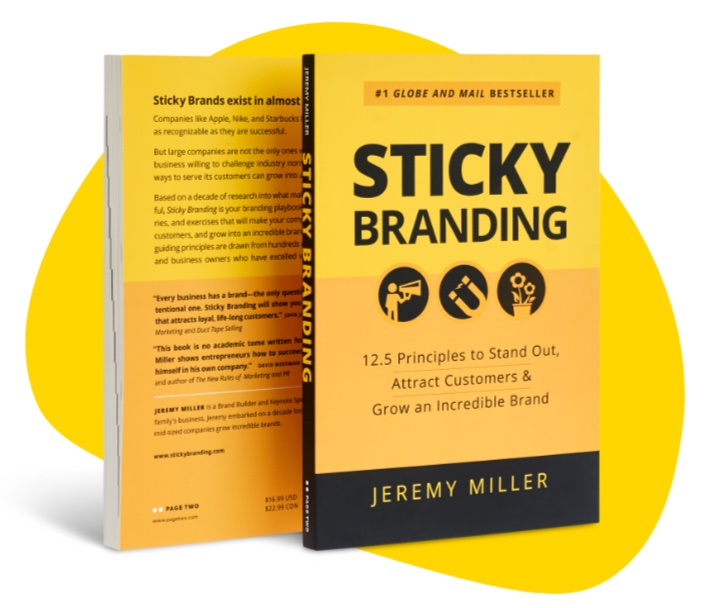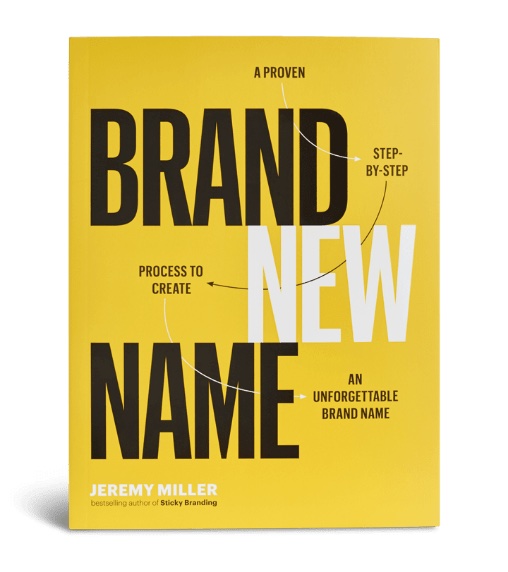Splitting a sales force into hunters and farmers is a popular model. The hunters are responsible for new business development, while the farmers work on managing and growing the existing account base.
The concept brings a Taylorist view to sales force design, and one I advocated for six years ago. In January 2006 I wrote, “Hunting and farming a territory are two distinct activities, and by separating them you can improve sales performance by focusing your people on what they do best.”
I was wrong. Dividing a sales force into hunters and farmers makes sense on paper, but in practice it doesn’t work very well. The model suffers from three major problems:
- Increased sales force turnover
- Increased cost of sale
- Stunted customer relationships
Let’s unpack these further.
Increased sales force turnover
Hunting focused sales forces experience very high turnover of first year hires, typically in the 50% to 75% range. Reps are hired and put in the field, but only a small number survive. That’s why many sales managers will hire four sales people with the expectation that only one will make it to the second year.
It’s easy to blame sales people for not being “good enough,” but that’s a cop out. If the turnover rate is greater than 25% in the first year it’s not the sales reps’ fault, it’s a sales force design problem.
The hunter-farmer model is ineffective, because it has a poor return on effort. Hunters face a daily barrage of rejection as they look for new customers who need their products and services right now. It is hard, discouraging work. Sales people could deal with the daily rejections if they were paid for it, but the reality is sales people are only paid commissions for sales successes not sales work. New hires quickly realize they are in a losing battle. The job is hard, the results are sporadic, the chances of success are limited, and in the end they move on.
Increased cost of sale
A hunter sales force is basically an expensive lead generation platform. Hunters are responsible for finding new business by networking, cold calling, knocking on doors and building relationships with future customers. Their job is to touch enough prospects on a regular basis to be their first call when they’re ready to buy.
The problem with using sales people for lead generation is their reach is severely limited. A sales person can only talk to one person at a time, and there are only so many hours in the day. With the growth of the internet, social media and Google there are far easier and more scalable ways to engage customers. Employing sales people to hunt is an 80’s and 90’s model, technology displaced it.
Stunted customer relationships
Above all else, the hunter-farmer sales model benefits the company not the customer. It focuses on selling activities versus relationships.
Before a customer buys they have to like and trust the brand. They have to believe the company will deliver on its promises, and fulfill their expectations. Part of forming that belief comes from the sales person they engaged with from the beginning. When a new person is parachuted in after the contract is signed, the relationship process is forced to start over.
Most customers will accept the process, because they want the product or service they purchased more than the sales person. But it also stunts their overall relationship with the brand. It reduces their potential to provide future referrals and references. Since the hunter moves onto the next prospect and the farmers are not rewarded to find new business, customer referrals and references are overlooked. The customer is moved through the proverbial sales assembly line to maximize the organization’s efficiency not relationships.
Focus on the relationship
Organizing a sales force for maximum productivity is essential, but we need to refocus our attention on relationship building.
Customers go through a typical relationship cycle: aware, like, trust, buy, repeat, refer, reference. Customers aren’t going to buy simply because they’re aware your company exists, they have to like and trust you first. Once they become customers they have to be confident in the product and your capabilities before they will refer you to friends and colleagues. Often times they will purchase a few more times before they give out referrals and references. Recognize how your customers buy, and organize sales people to build rock solid relationships with them.
A sales force aligned to maximize customer relationships will experience three benefits:
- More loyal, engaged customers
- More referrals and leads from customers
- Lower sales force turnover with more fulfilled sales people
What’s your take?
What is your opinion? Does the hunter-farmer sales model work? What sales force design do you think is most effective?

